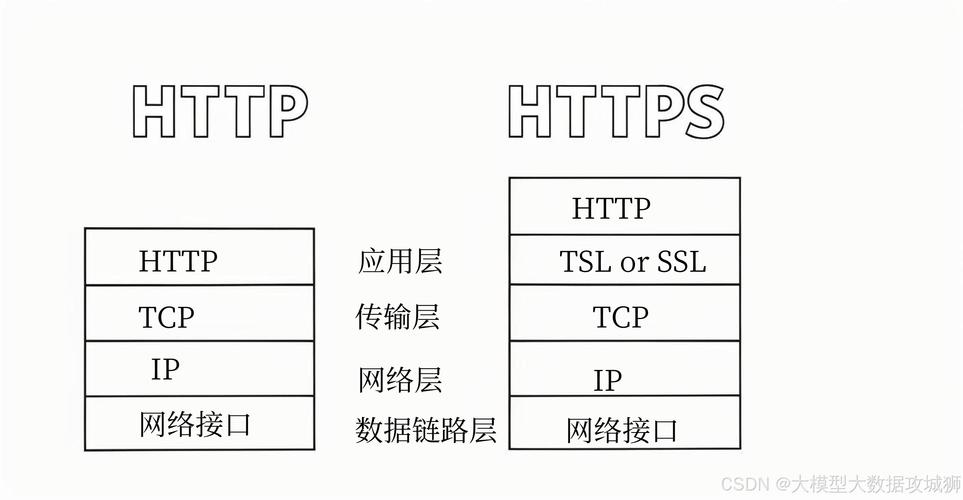HTTP (Hypertext Transfer Protocol) and HTTPS (Hypertext Transfer Protocol Secure) are two protocols used for data transmission, with the following differences:
- Security
- HTTP: It is an insecure protocol. All transmitted data is in plain text, making it vulnerable to eavesdropping and tampering.
- HTTPS: It encrypts the transmitted data through the SSL/TLS protocol, which can ensure data security and prevent eavesdropping and tampering.
- Data Transmission Method
- HTTP: Data transmission is in plain text without encryption.
- HTTPS: Data transmission is encrypted, ensuring data confidentiality.
- Default Port
- HTTP: The default port is 80.
- HTTPS: The default port is 443.
- Certificate
- HTTP: No certificate is required.
- HTTPS: An SSL certificate is needed, which is issued by a trusted certificate authority.
- Operating Layer
- HTTP: Runs on the application layer.
- HTTPS: Runs under the SSL/TLS protocol, at the transport layer.
- Access Speed
- HTTP: Since there is no need for encryption and decryption processes, it is usually faster to access than HTTPS.
- HTTPS: Due to the need for encryption and decryption processes, it is usually slightly slower to access than HTTP.
- SEO
- HTTP: Search engines prefer HTTPS websites because HTTPS can provide a more secure access environment.
- HTTPS: It is more friendly to search engines and conducive to the SEO optimization of websites.
In general, HTTPS is more secure than HTTP and is suitable for scenarios with high requirements for data security, such as online banking and e-commerce. HTTP, on the other hand, is suitable for scenarios with low requirements for data security, such as news websites and blogs.


